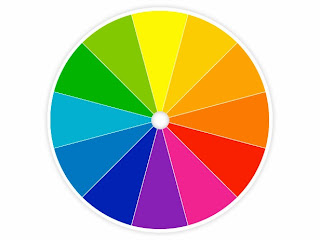These are the final five pictures that I have taken and edited. My first subject was a flower outside of my school. My second subject was a water fountain also from school. The cigarette butt was next to the flower that was my first subject.
This is picture of a cigarette butt that was laying next to the flowers. I used the macro setting on my camera to really zoom in on the details of the cigarette. I tried mostly focusing mainly on the brick and the very tip of the butt so the rest would be out of focus. I then made the reds and oranges more saturated so they would pop. Finally I cropped the picture a bit so the cigarette was more to the side of the picture.
In this picture of a few leaves and a white flower, I once again used the macro setting on my camera to really get the details in the leaves. I them added a black and white filter. Then I used a colored brush and colored in the leaves different colors. I made the darks darker as well.
This is the picture of the original white flower. I used a tungsten filter on this picture then I added a blue hue to it. I made it so that the petals were way darker compared to the very center of the flower. Originally I had a high grain effect on the picture but decided to remove it.
I used macro setting again and sepia filter. I then edited it by making it a little brighter because originally the whiteness was overpowering. I really like this picture because you can see the reflection of the wall in the button.
This photo was taken with a tungsten filter on my camera. Then I turned the water on and took the picture. I made the darks and shadows a little darker. I then added another filter. Then i had to once again change the shadows of the photo. I made it darker because it looks a lot better and because you can see the droplets of water better. I then cropped it.



























